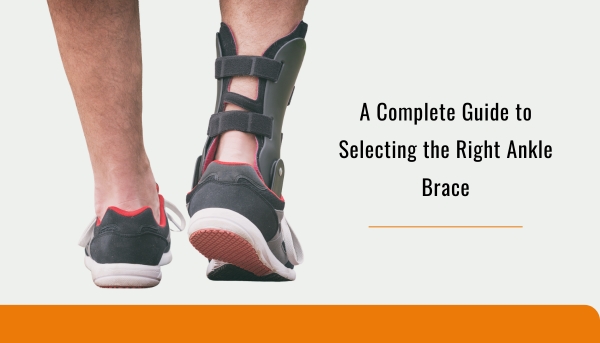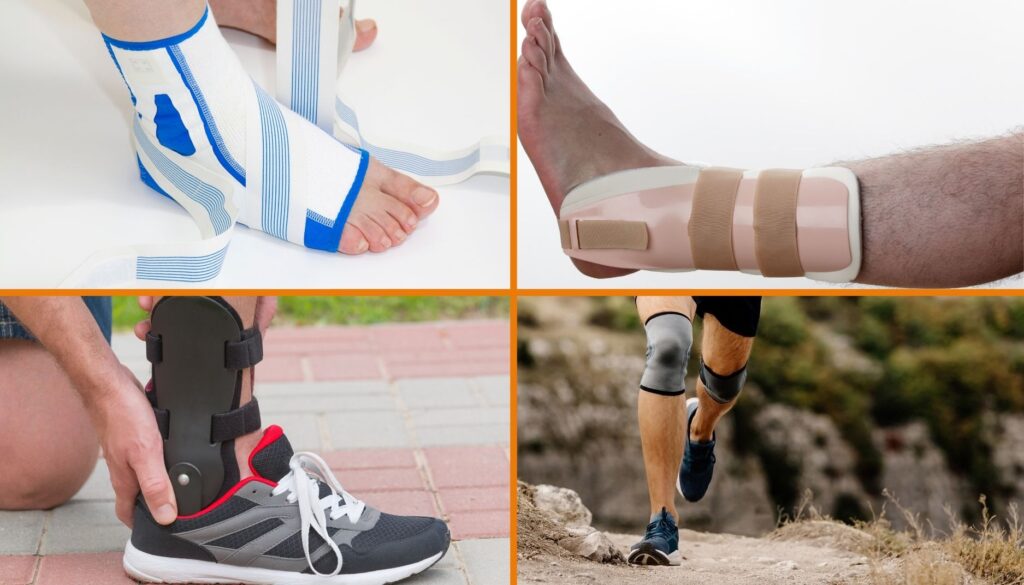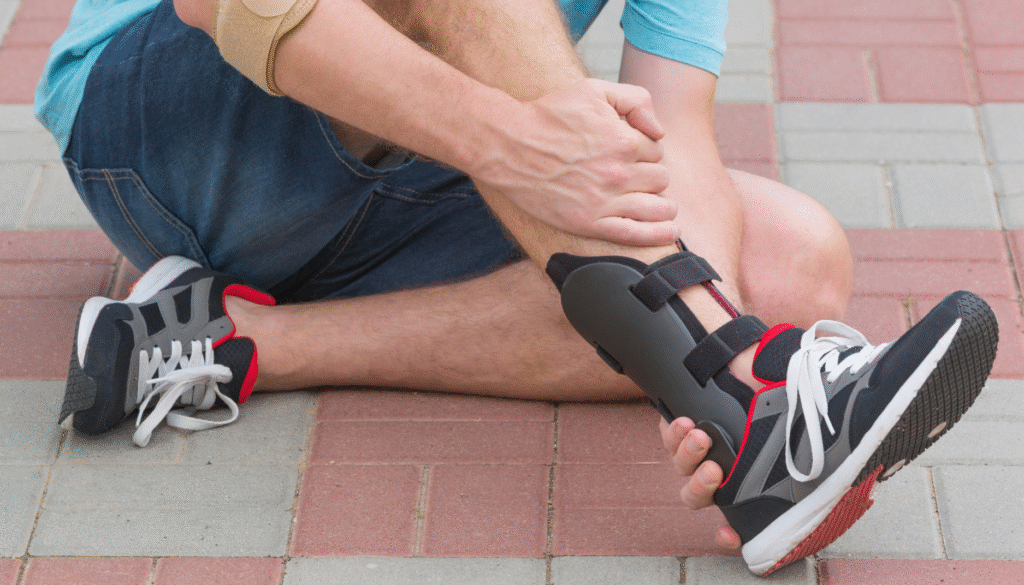
A rolled ankle during a game or even a simple stumble on a rough surface can leave you in pain and struggling to walk properly. Whether you’re healing from a recent sprain or dealing with ongoing ankle weakness, the kind of ankle brace you use can really influence how quickly and comfortably you recover.
But with so many options available, how do you know which brace is best for your needs? Our expert team at Xtremity can help.
In this blog, let us explore the types, benefits, and selection tips to help you choose the right ankle brace for sprain and ongoing ankle brace support.
Why Use an Ankle Brace?
An ankle brace helps stabilise the joint, reduce swelling, limit excessive movement, and support healing after an injury. Whether you’re an athlete returning to play or someone recovering from a moderate sprain, braces provide reassurance and protect against re-injury.
In particular, ankle braces are recommended in these situations:
- After an acute ankle sprain
- For individuals with chronic ankle instability
- During high-risk activities or sports
- Post-surgery or during physiotherapy rehabilitation
Understanding the Types of Ankle Braces
Selecting the right ankle brace depends largely on the type of injury, stage of healing, and the user’s physical activity level. Each design offers a different level of support, and using the wrong one at the wrong time can slow down recovery or increase the risk of reinjury.
Lace-Up Braces
These braces are commonly used after mild or moderate sprains. They wrap securely around the joint and limit movement in several directions, which helps stabilise the area while healing begins. Athletes often use them during games or training. However, prolonged use, especially without guided physiotherapy, may reduce ankle flexibility over time.
- Stirrup Braces
Stirrup braces are typically made with firm sides that prevent the ankle from rolling sideways, a common cause of sprains. They still allow some controlled up-and-down motion, making them useful in the early days of injury when the goal is to reduce swelling and prevent further strain.
Hinged Braces
Designed for more severe injuries or ongoing instability, hinged braces provide solid side support while allowing the foot to move up and down more naturally. They’re particularly useful during the transition from rest to movement, as they help protect the joint while walking without overly restricting normal gait.
Compression Sleeves
Lightweight and flexible, these sleeves offer mild support and are mainly used to control swelling and improve circulation. They’re ideal for individuals dealing with slight discomfort or as a supportive measure after full recovery when returning to light activity. They are not recommended during the acute phase of a moderate or severe sprain.
A clinical evaluation helps ensure the brace matches the individual’s recovery stage and functional needs, allowing for a safer and faster return to normal activity.

What Really Matters When Selecting the Right Ankle Brace
Know your injury type
Mild sprains: May only need a compression sleeve or lace-up brace.
Moderate to severe injuries: Likely require stirrup or hinged braces for added stability.
Always get your ankle evaluated by a healthcare professional before choosing a brace.
Fit and comfort matter
A poorly fitting brace can rub, shift, or worsen the symptoms.
If you’ll be wearing it with shoes, go for a slim, low-profile design.
Consider your activity level
Active individuals Need braces that support the joint but still allow some movement.
Less active or resting: A more rigid brace may offer better protection during recovery.
Duration of use
Short-term recovery: Use firmer, more supportive braces.
Long-term or daily wear: Choose breathable, comfortable designs that don’t restrict natural movement.
Always seek expert guidance
Avoid self-diagnosing.
The right advice can save time, prevent complications, and speed up your recovery.
When Should You Use an Ankle Brace?

Wearing an ankle brace at the right time can make a big difference in your recovery. During the early days following a sprain, when swelling, pain, and instability are at their peak, a firm, supportive brace can help keep the joint steady and protected. As the pain eases and your mobility starts to return, switching to a softer or more flexible brace allows your ankle to move more naturally while still offering some support.
However, it’s important not to rely solely on the brace. To fully heal and prevent repeat injuries, rebuilding strength, improving balance, and following a physiotherapy plan tailored to the patient’s needs can only help.
Common Mistakes to Avoid
- Wearing a brace longer than recommended
- Ignoring pain or swelling while wearing the brace
- Using the wrong brace for your condition
- Neglecting rehabilitation exercises while relying solely on the brace
Remember, braces are a tool, not a cure. They should complement, not replace, your recovery plan.
Expert-Led Guidance for the Right Brace and Faster Recovery
If chosen correctly, an ankle brace can help in recovery. However, when selected without clinical input, the wrong brace may hinder healing, cause discomfort, or fail to provide the necessary protection, especially in active individuals or those prone to recurrent sprains.
Xtremity specializes in orthotics and prosthetics, focusing on musculoskeletal injuries and joint stability. He has over 15 years of experience managing all aspects of trauma and joint care.
Patients with ankle injuries benefit from a detailed examination and a clear diagnosis, whether for post-sprain recovery, chronic instability, or preventive support during sports.
Those unsure about which brace to use, or when to transition between different types a timely consultation can work wonders.
To ensure your ankle gets the right support at the right time, book an appointment with Xtremity today!
About Us
Xtremity Prosthetics and Orthotics is a specialized health clinic where treatment is provided by a specialized team which comprises allied health professionals as well as medical professionals giving a multidisciplinary approach towards prosthetic and orthotic rehabilitation care.



